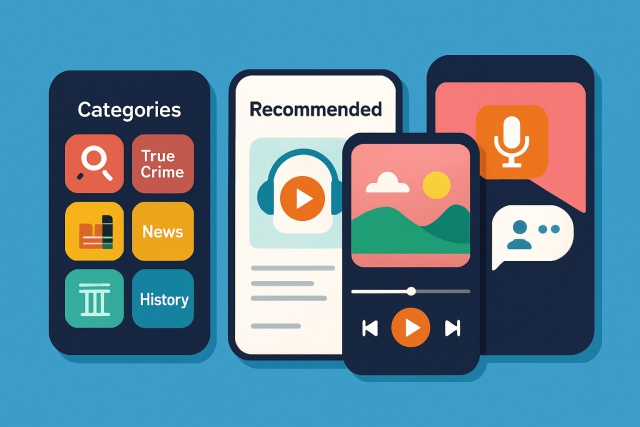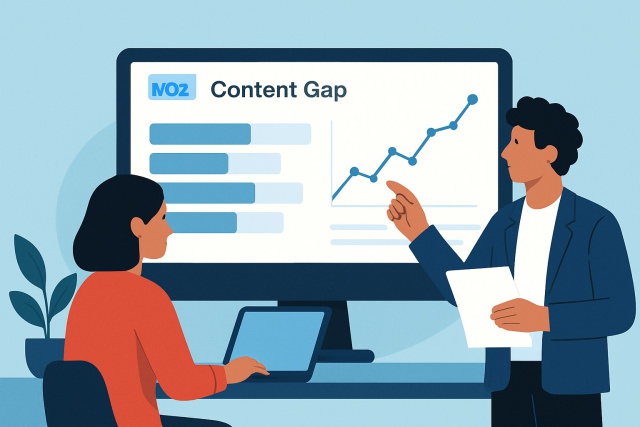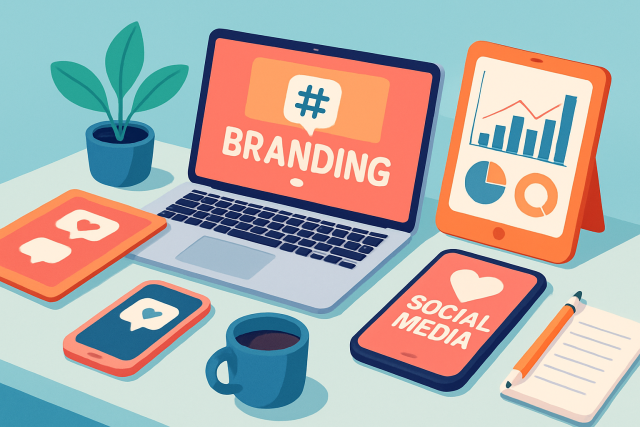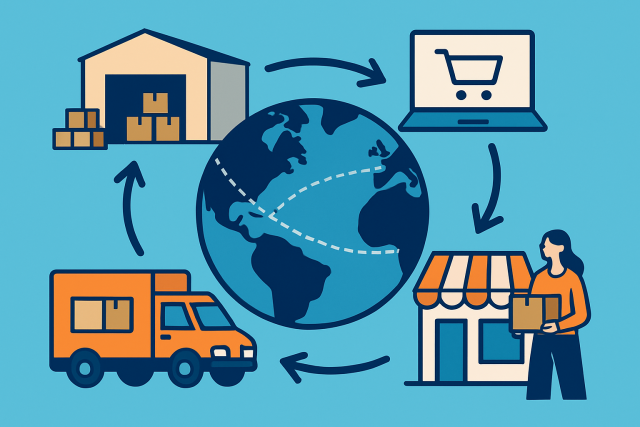How to Build a B2B Marketing Funnel That Converts

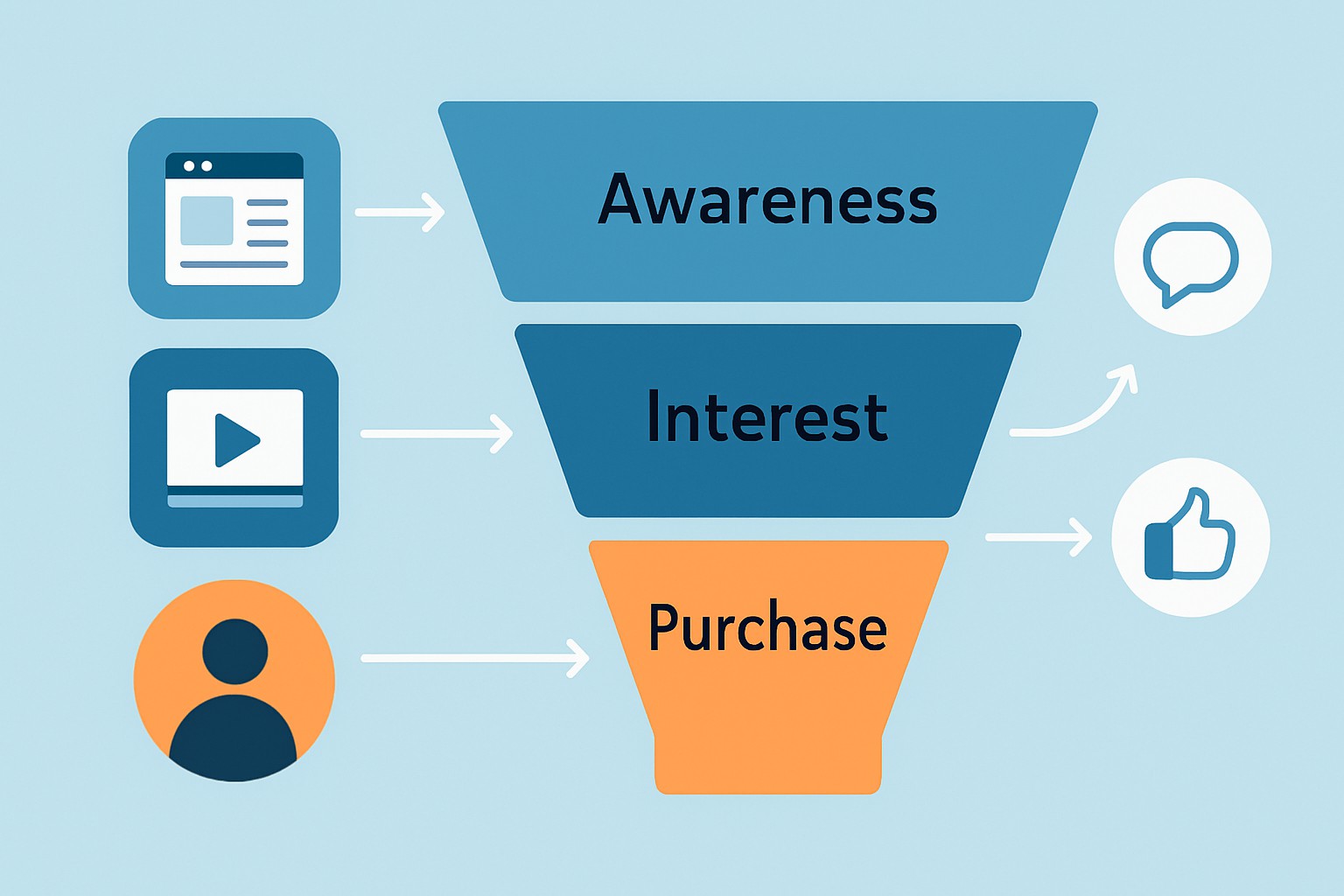
A B2B marketing funnel is like a well-thought-out roadmap that guides potential business customers through the often winding buying journey. It starts from that first spark of awareness and continues to sealing the deal with a final purchase. Unlike quicker B2C funnels, B2B funnels usually have longer sales cycles and more layers of decision-making with multiple stakeholders. Crafting an effective B2B marketing funnel ensures your marketing efforts are not shooting in the dark. Instead, they are sharp and measurable, fine-tuned to turn leads into loyal customers with less fuss.
B2B marketers often find themselves struggling to zero in on high-quality leads and nurture them effectively because business buying decisions are rarely straightforward. Common challenges include an uneven flow of leads, sales cycles that feel endless, the struggle to get marketing and sales teams aligned, and the difficulty of tracking ROI precisely. Without a clear funnel, companies risk letting promising leads slip through the cracks and missing golden opportunities. A thoughtfully crafted B2B marketing funnel provides a clear roadmap for prospects, ensuring each touchpoint has a purpose and moves them closer to conversion.
Getting to Know the Stages of the B2B Marketing Funnel a friendly walkthrough of each key step
The B2B marketing funnel typically breaks down into six key stages: Awareness, Interest, Consideration, Intent, Evaluation and Purchase. At the Awareness stage potential buyers stumble upon your brand or solution for the very first time—like a first impression that counts. Then comes Interest where prospects start digging deeper to understand the value you offer. When you reach Consideration buyers are sizing up whether your products or services fit their needs—like trying on shoes before buying. Intent signals they’re gearing up to take the plunge often by requesting demos or more detailed info. Evaluation is the make-or-break moment when buyers carefully weigh their options. Finally, Purchase seals the deal.
| Funnel Stage | Typical Buyer Behaviors | Marketing Goals | Content / Engagement Tactics |
|---|---|---|---|
| Awareness | Just starting to explore problems, diving into industry info with fresh eyes | Raise brand awareness | Blog posts, eye-catching infographics, social media buzz |
| Interest | Grabbing helpful resources, signing up to stay in the loop | Spark interest and educate | E-books, webinars, and those trusty email newsletters |
| Consideration | Weighing options carefully, digging through case studies | Show value and stand out | Case studies, whitepapers, and handy product comparison guides |
| Intent | Chatting with sales reps, asking for demos to get a feel for things | Encourage deeper engagement | Personalized demos, free consultation offers that hit the mark |
| Evaluation | Looping in stakeholders, hunting for detailed info to make the call | Help support decision-making | ROI calculators, tailored proposals, and glowing testimonials |
| Purchase | Sealing the deal, kicking off onboarding | Close the sale and onboard clients | Follow-up emails, onboarding guides, and solid customer support |
Step 1 Drawing in the Right Audience (Top of Funnel) getting the right people in the door is half the battle won
Figuring out your ideal B2B buyer persona usually means rolling up your sleeves and diving into data and buyer research to really get a grip on their challenges and what makes them tick. It also involves finding out which channels they actually pay attention to. Tapping into CRM data, chatting with customers and digging through market analysis all come together to paint detailed profiles.
Zero in on optimizing your website and content for SEO to reel in organic traffic from searches that actually matter to your industry.
Whip up high-quality content like blog posts and infographics that not only inform but genuinely help your target audience—for those lightbulb moments, you know?
Hop on social media platforms like LinkedIn to share insights and have real conversations with professionals in your field—because networking isn’t just a buzzword.
Launch paid ad campaigns on search engines and social media to pinpoint your specific buyer personas and catch their attention right where they hang out.
Dive into or host industry events and trade shows to build those face-to-face connections with potential clients—sometimes a firm handshake beats a thousand emails.
Set up webinars that dig into common industry challenges and shine a light on your expertise—plus, they’re a great way to show you’ve got the goods without being too salesy.
Focus on crafting top-of-funnel content that’s all about educating rather than pushing a sale. Keep your language clear and to the point, tackling common challenges and industry trends without coming off like a walking billboard.
Step 2 Building Connections and Supporting Leads where the real magic starts to happen
After you capture leads, it’s worth taking a moment to qualify and segment them based on industry and company size. Also consider behavior and engagement. Doing this lets you tailor your communication so leads receive relevant information that smoothly nudges them further down the funnel.
Kick off targeted email drip campaigns that dish out useful insights bit by bit and gradually peel back the curtain on what your offerings can really do.
Offer gated content like whitepapers, case studies and research reports to nudge prospects into diving deeper and sticking around longer.
Deploy retargeting ads that gently nudge people based on their website visits—think of it as a friendly tap on the shoulder to keep your solutions top of mind.
Set up personalized product demos that zero in on the specific headaches businesses face and make the whole thing feel more like a tailored conversation than a sales pitch.
Use lead scoring models to smartly make important your follow-ups by weighing engagement levels and intent signals so you focus your energy where it really counts.
Use marketing automation platforms that play nicely with your CRM to make lead nurturing feel less like a chore. This technology lets you reach out in a timely, personalized way on a larger scale—think of it as your trusty sidekick—while giving you the juicy data needed to see what is clicking and where you might want to fine-tune your game plan.
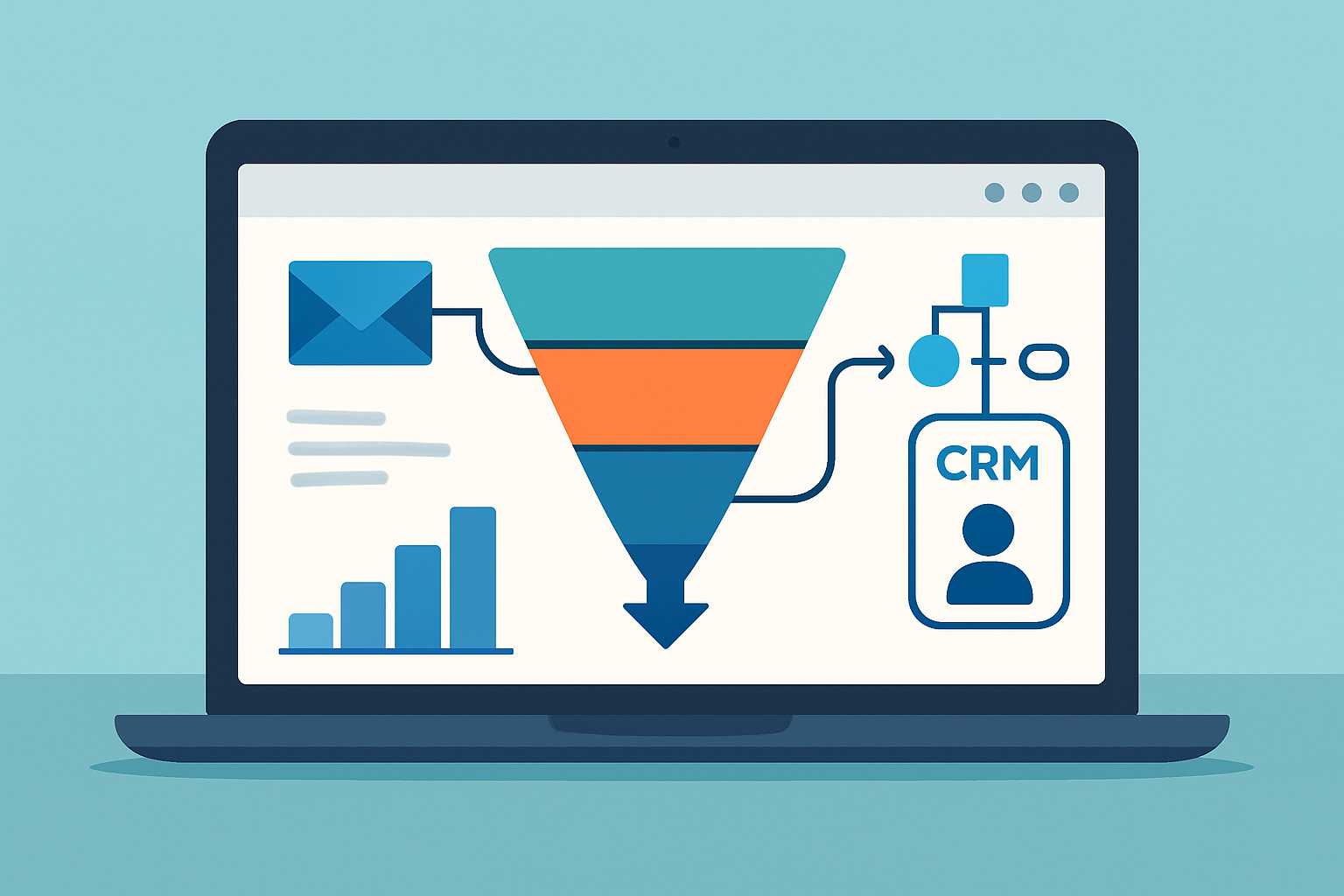
Marketing automation dashboard illustrating how CRM data drives automated lead nurturing workflows.
Step 3 Turning Leads into Customers where all the magic really happens
Building trust and smoothing out any bumps along the way are absolutely key. It helps to show prospects clear no-nonsense proof of your solution's ROI, provide solid support resources they can rely on and keep the buying process as straightforward as possible.
- Give tailored product demonstrations that zero in on your prospect's specific challenges—no cookie-cutter stuff here.
- Offer free trials or pilot programs so they can kick the tires themselves and get a real feel for things.
- Share detailed case studies that tell actual success stories with clients who’ve been in their shoes.
- Use ROI calculators to paint a clear picture of potential benefits in cold, hard numbers.
- Showcase authentic customer testimonials that back up your claims without sounding like a sales pitch.
- Deliver personalized proposals that highlight real value and thoughtfully address any lingering concerns—because one size definitely doesn’t fit all.
Bringing sales and marketing teams into alignment is absolutely key for keeping messaging consistent and squeezing the most juice out of the funnel. When these two squads click, handoffs glide along without a hitch. Lead conversion rates get a nice boost and sales cycles usually wrap up faster.
Measure and Improve Your B2B Marketing Funnel with a Hands-On Guide
Keeping a close watch on KPIs throughout each stage of the funnel offers a clear picture of how healthy things are and pinpoints where leads often slip away. Some key metrics to watch include website traffic and engagement up top, lead quality and email open rates in the middle, and demo requests and closed deals at the bottom.
| Funnel Stage | Key KPIs | Recommended Tools | Optimization Tips |
|---|---|---|---|
| Awareness | Website traffic, social shares | Google Analytics, Semrush Pro | Give your SEO a real boost by digging into keyword research and keeping your content fresh and lively |
| Interest | Content downloads, newsletter sign-ups | Mailchimp, HubSpot CRM | Play around with A/B testing for your email campaigns and polish those CTAs until they shine |
| Consideration | Webinar attendance, demo requests | Zoom, HubSpot Sales | Make your content speak directly to different segments—targeted audiences win hearts every time |
| Intent | Lead scoring, response time | Salesforce, Marketo | Set up automated follow-ups for leads and don’t let engagement slip through the cracks |
| Evaluation | Proposal acceptance rate, ROI projection views | CRM systems (e.g., Salesforce) | Sprinkle in testimonials and case studies to really build trust and confidence |
| Purchase | Conversion rate, sales cycle length | CRM analytics | Smooth out the purchase process and give onboarding the TLC it deserves to seal the deal |
Make it a regular habit to run A/B tests and really see which messages, formats and channels hit the mark most effectively. Keep gathering customer feedback like a pro detective piecing together clues and stay flexible—adjust your funnel as market trends and buyer expectations inevitably shift.
Common Mistakes to Watch Out For When Building Your B2B Marketing Funnel (and How to Dodge Them Like a Pro)
- Skipping thorough buyer persona research and casting the net way too wide, ending up talking to everyone but no one in particular.
- Missing out on chances to warmly nurture those middle-funnel leads with messages that actually bring value, rather than just noise.
- Letting the lines of communication and teamwork between sales and marketing get a bit fuzzy, which we all know never helps.
- Failing to set clear metrics or keep a steady eye on funnel performance, leaving you kind of guessing how things are really going.
- Bombarding prospects with irrelevant or just plain too much content, which usually has the opposite effect and sends them running for the hills.
You can easily dodge the usual pitfalls in your B2B marketing funnel by basing it on solid data and fostering teamwork across departments. Focus on the content that truly counts at each stage.
Frequently Asked Questions
How long does it typically take to see results from a B2B marketing funnel?
Results can vary depending on the industry and the length of the sales cycle and how well you’ve fine-tuned the funnel. That said, most B2B funnels start showing noticeable progress within 3 to 6 months. You’ll probably catch some early signs like improvements in lead quality and engagement within a few weeks. Meanwhile, the revenue impact tends to take longer especially when you’re dealing with complex deals that need extra nurturing and patience.
What is the biggest difference between B2B and B2C marketing funnels?
B2B funnels are all about building solid relationships which means longer cycles often running 6 months or more with multiple decision-makers in the mix. The content focuses heavily on value and education. On the flip side, B2C funnels move at a quicker pace and usually lean into emotional hooks aimed at individual buyers. So yeah, B2B marketing tends to demand more trust-building and thoughtful engagement at every step along the way.
How do I align sales and marketing teams for better funnel performance?
A great first step is setting shared KPIs like lead quality scores so everyone knows what success looks like. Then put service level agreements in place to nail down how and when handoffs happen—no more dropping the ball. Integrated CRM tools are lifesavers here plus regular meetings where sales and marketing review funnel performance and customer feedback together. When both teams are on the same page about conversion goals, magic tends to happen.
Can small businesses with limited budgets build effective B2B funnels?
Absolutely. It’s clever to zero in on high-impact low-cost tactics such as SEO-friendly content, getting active on LinkedIn and nurturing leads through email. In my experience, quality beats quantity every time. Targeting maybe 50 well-matched leads with personalized outreach usually outperforms blasting out generic messages to tons of contacts.
What is the most overlooked stage in B2B funnels?
The middle of the funnel often called the Consideration or Intent stage tends to get an undeserved reputation for being the quiet zone. Many companies attract leads but then don’t put in the elbow grease to nurture them properly meaning no case studies, no tailored demos and no smart lead scoring. This is where a lot of individuals fall off the radar. Investing in automated nurturing workflows and sales support content here can really turn the tide.
How often should we update our funnel strategy?
It’s smart to keep a close eye on your performance metrics every quarter and do a comprehensive funnel audit twice a year. Markets shift, new competitors pop up and your products evolve so your strategy should too in small but meaningful ways. Also ongoing A/B testing of your content and channels helps you squeeze out better results without launching a full reboot every time something changes.
Further Reading
Unleash Your SEO Prowess with Semrush
Are you struggling to boost your online visibility and drive more traffic to your website? Semrush is the ultimate SEO and digital marketing tool that can take your Internet Marketing game to new heights. With its powerful suite of features, you can gain a comprehensive understanding of your market, optimize your content, and outrank your competitors.
- Uncover Profitable Keywords with Advanced Research
- Analyze Your Site's Health with Detailed Audits
- Monitor Backlinks and Stay Ahead of Competitors
- Streamline Content Creation with Insights and Trends




